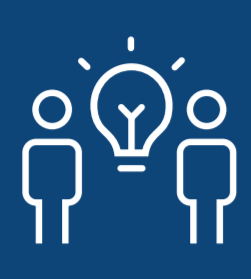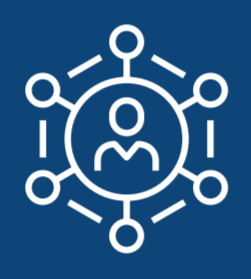Equality, Diversity and Inclusion Toolkit
Welcome to the Research Design Service Equality Diversity and Inclusion (EDI) Toolkit. This resource has been developed to support researchers to better understand how to embed EDI in research design and to meet the NIHR’s EDI requirements. The toolkit advocates for best practice which goes beyond the NIHR's current requirements.
For more information about the toolkit read our introduction to EDI and the RDS EDI toolkit otherwise dip into the sections to find the pertinent information for your funding application.

Data analysis and presentation
- How will you analyse and report equality, diversity and inclusion characteristics?
- Have diverse perspectives been incorporated to support the interpretation of results?
- How will you describe participants’ equality, diversity and inclusion characteristics?
What do equality, diversity and inclusion mean?
Equality, diversity and inclusion (EDI) are part of the core business of the National Institute for Health and Care Research (NIHR). They relate directly to the NIHR’s operating principle of inclusion:
“We are committed to equality, diversity and inclusion in everything we do. Diverse people and communities shape our research, and we strive to make opportunities to participate in research an integral part of everyone's experience of health and social care services”
NIHR definitions of equality, diversity and inclusion
| Equality |
|
| Diversity |
|
| Inclusion |
|
These definitions are the draft definitions from the NIHR’s EDI Strategy, written by the NIHR’s Director of Equality, Diversity and Inclusion, Dr Esther Mukuka. They may differ slightly from the final published version, expected later in 2022.
In addition to defining equality, diversity and inclusion, another key concept is equity. NIHR defines equity as “Trying to understand and give people what they need to achieve their potential; promoting notions of fairness, justice, entitlements and rights”.
What aspects of EDI does this toolkit cover?
This toolkit recognises the inequalities which people face due to their protected characteristics. The Equality Act 2010 recognises nine protected characteristics:
|
|
In addition, this toolkit recognises other dimensions of EDI including:
- Socio-economic status (or social class)
- Neurodiversity
- Geography
- Literacy
- Caring commitments
This is not an exhaustive list.
We recognise that language and terminology related to our identities is very personal and that not everyone will relate to the terms used in this document. We have sought to be as inclusive as possible and informed by current debates. For example, we avoid using the term ‘BAME’ (Black, Asian and Minority Ethnic) as a shorthand for all groups who are not White or White British because it can fail to recognise the differences between groups, reducing them to an acronym. When quoting from the work of other researchers or organisations, we honour the language that they use, even if that might sometimes be dated or at odds with how others would self-define.
In the rest of this toolkit, we focus on how to make health and social care research more inclusive by considering eight aspects of the research process.
Last updated: March 2022
Acknowledgments
This toolkit was produced by Rebecca Barnes and Christopher Newby of Research Design Service East Midlands with support from RDS EDI Group and other RDS and NIHR colleagues, researchers, and public contributors.
Created: January 2022 Last Updated: January 2022







